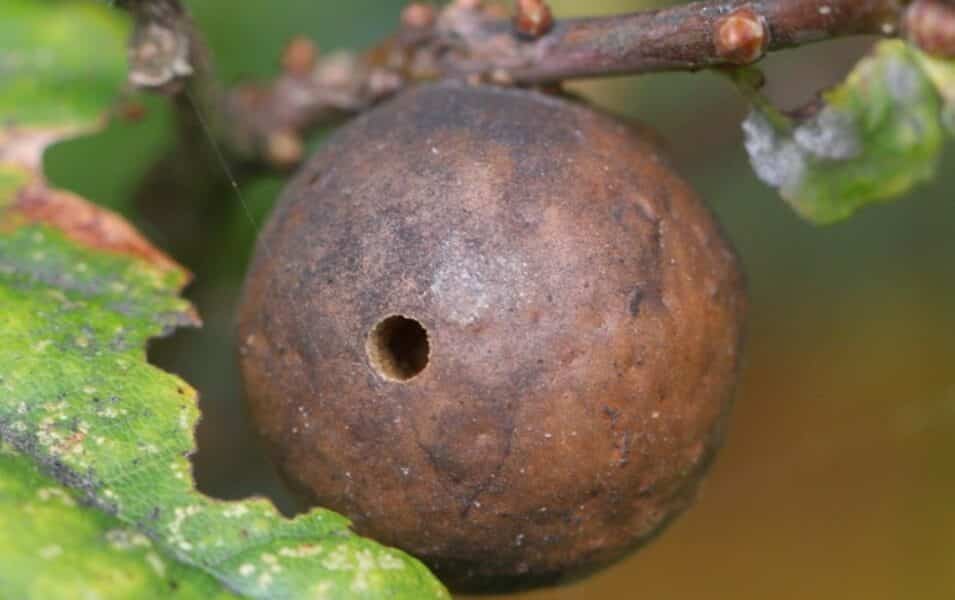Ink that wrote our history
Any of us can go out today and purchase an ink cartridge – pretty simple task, right?
In fact, we use a dry toner that arrives following an automated alert from our presses, which is about as effortless as it can be.
But it wasn’t always that easy.
Centuries ago, it had to be made by hand – to a very specific formula.
And it all started with the humble wasp, laying its eggs in young acorn buds.
Effectively genetically engineering the oak to create a home for their young by turning embryonic acorn buds into oak galls where their young larvae lived.
And one specific type of oak gall has helped shape our history – for a thousand years, we’ve created a special type of ink with which almost all historical documents have been written.
And all because a tiny wasp laid an egg in an oak bud.
A little quirk of evolution that has shaped our history.
The dry oak galls are crushed, mixed with water, iron sulphate and gum Arabic to form a durable and long-lasting ink.
You’ll find the ink stained onto Magna Carta, the American Declaration of Independence, the music sheets of Mozart and Bach, and the drawings of Rembrandt and Da Vinci.
The oak tree has helped us record our past, express our most profound ideas and share our deepest emotions.
Putting ink on paper is what we do – and thankfully the process is a whole lot easier these days …
Which always makes me consider how fortunate we are to have the opportunities we do to get things done.
And on that note, if you want a sounding board or just want to bend my ear, I’m on hand for a chat about anything to do with Print or Web Design.
Stay safe.
Alec

